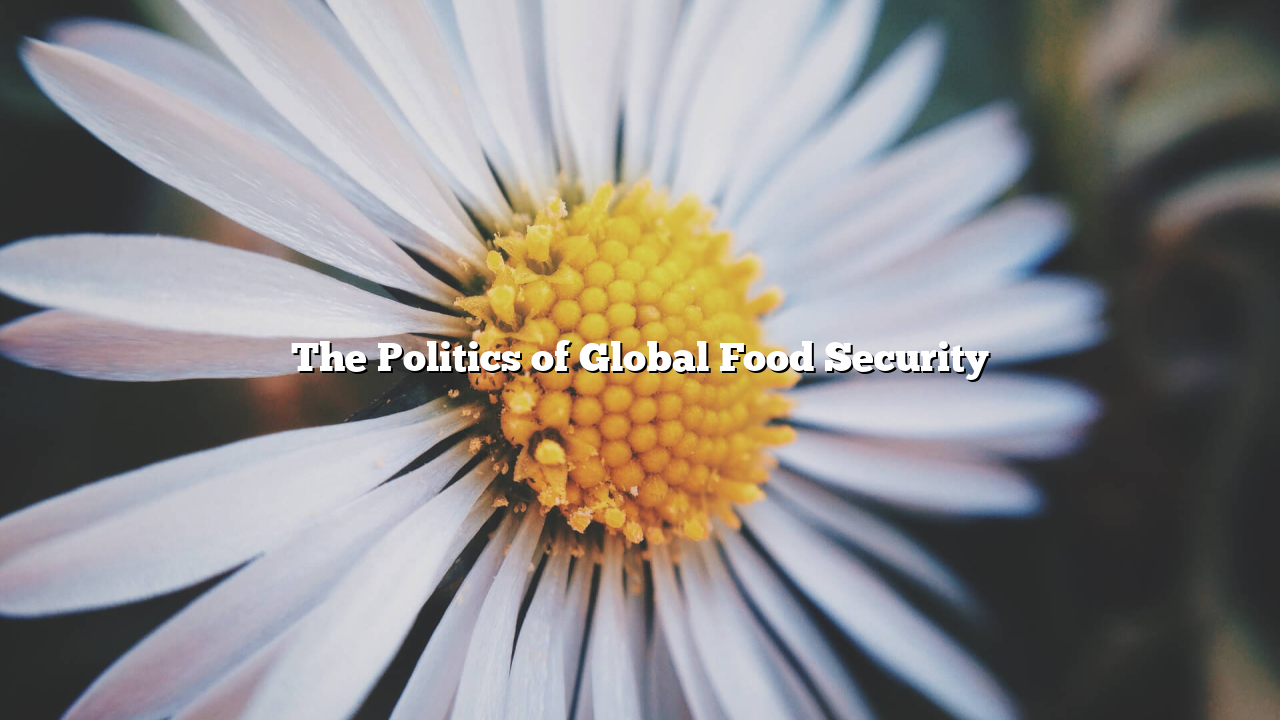From soaring grain prices to fertilizer shortages, food has become a central driver of international instability. The war in Ukraine — one of the world’s breadbaskets — has exposed how fragile global supply game slot Naga169 chains truly are.
Ukraine and Russia together account for nearly a third of global wheat exports. When ports closed during the conflict, markets from Egypt to Indonesia suffered price shocks, sparking protests and hunger crises. The UN-brokered Black Sea Grain Initiative briefly restored shipments, but its collapse in 2023 reignited fears of famine.
Climate change deepens the crisis. Droughts in East Africa, floods in Pakistan, and heatwaves in Europe have devastated crops. Meanwhile, export bans by major producers — from India’s rice restrictions to Argentina’s beef limits — amplify global scarcity.
Wealthier nations hoard supplies, while poorer countries face mounting debt to import essentials. “Hunger is becoming a geopolitical weapon,” warns economist Lucia Perez. “Control over food equals control over people.”
Efforts to reform global agriculture are underway. The African Union’s 2063 plan and the UN Food Systems Summit push for sustainable, localized production. Yet, without fair trade and reduced dependency, food insecurity remains a ticking time bomb.
As climate shocks multiply and protectionism rises, feeding the planet is no longer a moral question — it’s a political one that could decide the stability of nations.
